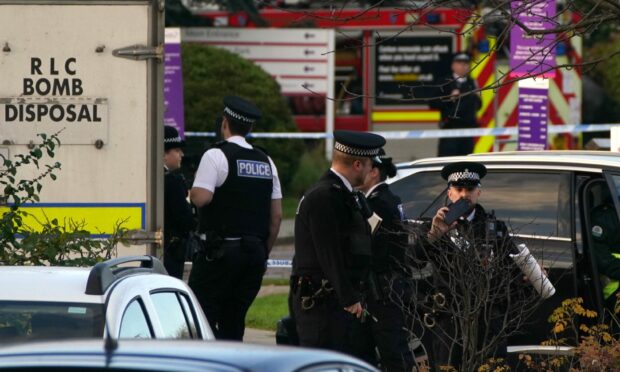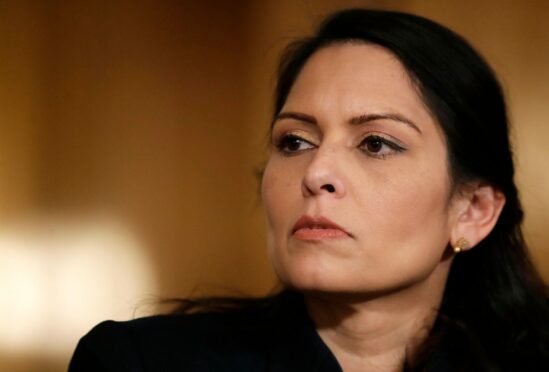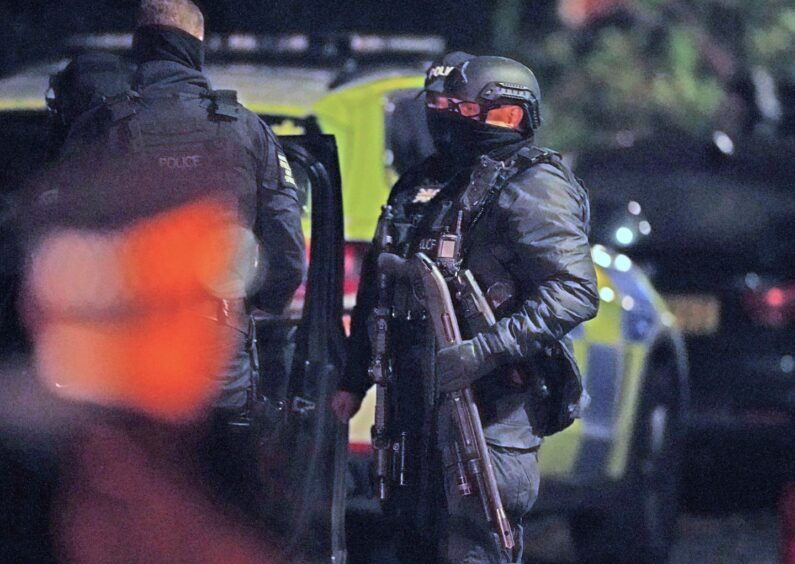The UK’s terror threat level has been raised to “severe” following an alleged bombing in Liverpool on Remembrance Sunday.
Emad al Swealmeen exploded a homemade device while in a taxi, which went off as he was in the vehicle parked outside Liverpool Women’s Hospital. The action killed him.
But what exactly does a “severe” terror warning mean?
Why has the terror threat level been raised?
Home Secretary Priti Patel said the threat level was increased from “substantial” to “severe” because the Liverpool attack has been the second terrorist incident in the space of a month.
The first was the murder of Sir David Amess MP during a constituency surgery in Essex in October.
What levels are there?
The terror threat levels are decided by the Joint Terrorism Analysis Centre and covers all forms of terrorism, including Islamist, Northern Irish, left wing and right wing.
There are five different levels:
- Low (highly unlikely)
- Moderate (possible, but not likely)
- Substantial (likely)
- Severe (highly likely)
- Critical (highly likely in the near future).
The last time the UK terror threat level was “severe” was November 2020 — following attacks in Vienna, Paris and Nice — but it was lowered back to “substantial” in February this year.
Threat levels have been published by MI5 and the Home Office since 2006, and it has never been lower than “substantial”.
The last time the terror threat level was “critical”, the highest threat level, was September 2017 after the Parson’s Green attack, and it has switched between “severe” and “substantial” ever since.
There is also a separate terror threat level specifically for Northern Irish-related terrorism in Northern Ireland, which has been “severe” ever since it was first published in 2010.
How are threat levels decided?
Those who decide the threat levels use the intelligence available to them at the time – however MI5 stresses often there is no information on specific incidents.
Instead levels are decided based on the amount and nature of recent terrorist attacks, and in comparison to terrorism levels in other countries.
MI5’s perception of terrorist capabilities also has a bearing on the threat level.
What changes when the levels rise?
Day to day, there won’t actually be much difference for most people.
MI5 say the different threat levels don’t require a specific response from members of the public.
However those in certain professions, such as the police or airport security, may have to change some of the things they do in response to changing levels.
MI5 said: “Vigilance is vital regardless of the current national threat level.
“It is especially important given the current national threat.
“Sharing national threat levels with the general public keeps everyone informed.
“It explains the context for the various security measures which we may encounter in our daily lives.”
The Anti-Terrorist Hotline can be contacted on 0800 789 321, but immediate threats such as a possible bomb can be reported by calling 999.


